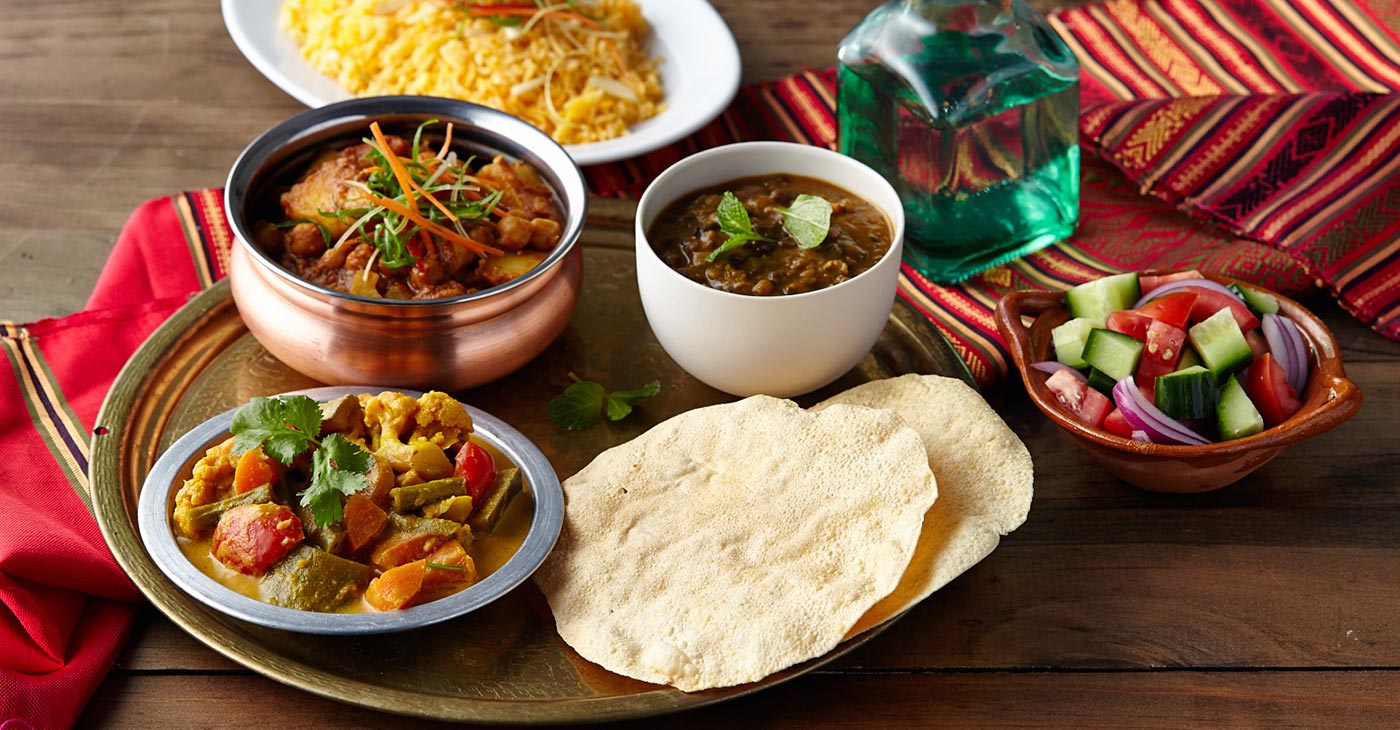India’s candy and confectionery segment has been transformed by technology in 2022

India’s candy and confectionery segment has been transformed by technology in 2022
The candy and confectionery business in India has a lot of potential, and new technology is expected to help it reach new heights in terms of income creation. Personalization and customization are in high demand, and customer expectations are rapidly shifting. In order to stay up with the competition, technology has played an essential role in the sector, from your production equipment to keeping track of your customers’ needs or anticipating what they could demand in the future.
With the rise in demand, the majority of businesses are turning to automation machinery to streamline the process, resulting in increased production speed, safety, and cost-efficiency. Producing and producing sweets is a difficult task, especially when the consumer requests a variety of customizations.
Apart from the technology required to make the candy, the retail sector, especially after the epidemic, is significantly reliant on it for marketing. Search Engine Optimization, Search Engine Marketing, Instagram and Facebook ads, content marketing, email/ WhatsApp marketing, and other forms of digital marketing have become commonplace. With this help, merchants have access to a vast quantity of data that can be transformed into valuable insights for better decision-making.
Technology has revolutionized marketing by personalizing campaigns for individuals and offering more focused environments for marketers.
With the increase in the number of individuals utilizing the internet/social media platforms for product suggestions, analytical systems like Google Analytics and Google Tag Manager has made consumer behaviour data collecting considerably more organized and straightforward.
Traditional marketing hasn’t been entirely abandoned, but digital marketing and marketing technologies have changed everything. Retailers may use artificial intelligence to figure out which goods excite customers the most and which things they frequently add to their baskets. Recognizing customer personas and having a solid grasp on who the brand’s target audience is has become critical.
One of the most significant issues that organizations have is establishing a real-time relationship with customers across all platforms and developing campaigns that work across all marketing categories. By putting greater emphasis on the technical side of marketing, the creative side will suffer.
It is necessary to maintain the ideal equilibrium. Creative marketing allows you to understand better the emotions and motives of your customers, which can then be leveraged to build campaigns. This is a critical component in the confectionery industry. To enhance the percentage of repeat customers, one must leave a lasting impression on the client and utilize technology to maximize the possibility.
The response of the marketer and the data specialist for the brands must be excellent. There’s a reasonable risk you’ll miss out on income if you nail your forecasts but fall short on the creative side or vice versa.
Brands now have more alternatives as a result of Meta’s announcement of the Metaverse. Many businesses have already begun to dabble in virtual reality. Virtual meetings will be a substantial technical innovation that will enable firms to communicate and educate their consumers via a number of approaches, similar to the trend of shopping from home. Brands are increasingly emphasizing experiential marketing, and Meta provides an excellent platform to do so.
In a few years, we’ll see a surge in interest in the Metaverse, with brands attempting to merge the virtual and real worlds. One method the confectionery industry can achieve this is if a client enters a virtual store and buys candies/sweets, the candies/sweets can be delivered to them in the actual world. Brands are creating video games to improve further engagement in the virtual world by allowing customers to experience the environment they wish to provide.
Indian Candy Market

In value terms, the Indian candy market was valued at USD 1643.64 million in FY2020, and it is expected to rise at a CAGR of 15.40 per cent in value terms to USD 3661.68 million by FY2026. The Indian confectionery industry has been steadily developing, owing to rising disposable incomes, which has resulted in increased brand awareness and a preference for imported goods, as well as expanding organized retail and e-commerce channels and robust supply chain networks. Furthermore, factors such as the growing population, the growth of luxury candy categories, and the arrival of overseas competitors are fueling India’s candy business.
Indians enjoy giving sweets as gifts during holidays. Furthermore, today’s youth prefers candy as an alternative, and they begin to enjoy them at an early age. While Western children may be more calorie mindful, Indian children start by indulging in a variety of sugary boiled sweets. It’s no surprise that the confectionery business is one of the most coordinated and well-developed industries in the country.
Candy production has exploded in the aftermath of the 2008 financial crisis, owing to the country’s ever-changing lifestyle and economic development. India has been a popular investment destination in recent years, with a slew of major international firms flocking to the country. As a result, a commodities market has gradually evolved into a branded products market controlled by multinational corporations.
The Indian confectionery market may be divided into three categories: organized vs. unorganized and geography. Sugar candy is the most prominent category in the country, owing to the constant production of novel goods backed by solid branding. Due to marketing and knowledge of chocolate candies as a product of luxury rather than an impulse purchase, premium chocolate candies are becoming increasingly popular as gifts at festivals and occasions around the country.
The Indian confectionery market is divided into two categories: organized and unorganized. The organized sector held a dominant share of the Indian confectionery market in FY2026; however, the unorganized sector is likely to shrink throughout the forecast period.
India’s Food-Tech Boom and the Company Behind It

Food technology in India has advanced significantly in the realm of ‘soonicorns’ and ‘unicorns.’ Whether it’s cloud kitchens or the growth of QSRs and chains, the eat-at-home audience is being enticed to become eat-out clients. To power this new wave and enable the final mile, a back end that is not just reliable but also considers logistics, technology, and direction is required. Innovative industrial technologies are propelling India’s gastronomic growth to the next level.
Food-tech allows for unrestricted customization of high-quality food fundamentals on a large scale. At the heart of it all has quietly held its position and is leaps and bounds ahead of the competition when it comes to making and delivering its bread and sweets across pin codes not just in India but also abroad.
Today, the food business is a dream come true for investors. Now, we can buy food at QSRs, direct-to-consumer businesses, and cloud kitchens with quick fulfilment thanks to new technology and mobile app-based services. There’s something new across the road at the crossroads of food and technology: food-tech. This fast-growing category examines how technology might be used to improve efficiency and sustainability in the production, design, selection, delivery, and enjoyment of food.
Bakers Circle is the first Indian company to participate in this culinary revolution. A tech-driven B2B firm that secures the success of a number of well-known and rapidly-growing businesses in the industry.
COVID-19: A Call of Action for the Food Industry
India’s online food service penetration is predicted to treble by 2025, reaching roughly $15 billion in gross merchandise value, according to market estimates. By 2030, it is predicted to be the third-largest consumer industry, with QSR alone expected to be worth INR 800 billion by FY 2025.
But what’s driving this expansion, particularly when the odds are stacked against them in terms of managing short-life goods with changing client demand and expectations?
The Growth Curve and the Predicted Pathway

The Internet has brought us closer to the rest of the country and the rest of the globe. Consumers now want what they see, and they want it now – the same idea applies here. The food industry is experiencing a significant transformation, and the new food processing industry is all about creativity and innovation, fueled by technological advancements.
Supply chain, distribution, and sourcing ecosystems are all growing and evolving at a rapid pace. All of these processes are being digitally changed, including optimizing production and distribution capacity, analyzing demand signals to calculate necessary supply, estimating available inventory, managing cash and networking resources, and locating and securing logistic capacity.
What role does technology play in the automation of traditional Indian snacks?
India has one of the largest food processing industries in the world. India’s food processing sector is predicted to reach $535 billion by 2025-26, according to Invest India, a national investment promotion and facilitation organization.
It is fair to assume that the aforementioned industry is a vital component of our country’s economy. As a result, it is essential for India to improve its use of technology and automation in the manufacturing sector in order to keep up with changing times and continue to thrive.
The pandemic and its consequences on the food industry

Unpackaged meals have always appealed to Indians, who have been wary of packaged goods, particularly snacks. As a result, the majority of them chose loose food from their long-time vendors.
The epidemic, on the other hand, drastically changed the commercial landscape. It’s no wonder that, in such exceptional times, people’s health and well-being have risen to the top of their priorities. They’re genuinely reconsidering their eating habits. The global health crisis has undoubtedly resulted in heightened attention on health, resulting in a shift in people’s behaviour.
Because of the protective layer of packaging, people are now more inclined to buy packaged foods. Furthermore, the popularity of convenience meals has skyrocketed, and they are readily available. Moreover, the packets mark the goods and simplify the purchasing process by mentioning all important information on the cover. Snacks, like any other foodstuff, can be packaged in a way that allows for convenient and hygienic food transit between places.
Automation has caused a transformation.
To stay afloat in the market, practically every other business is swiftly adopting the trend of automation. There has been no exception in the traditional Indian snack sector. Without a doubt, in order to accelerate advancement, it is critical to make procedures more simple and more efficient. As a result, the food and snack manufacturing business has begun to embrace automation in order to improve the efficiency of operations.
Due to the complex procedures required in completing numerous jobs, food processing has become complex and complicated. These include ingredients preparation, cooking processes, packing and picking, and improving the food manufacturing system’s overall hygiene standards.
Proofread & published by Gauri Malhotra.





